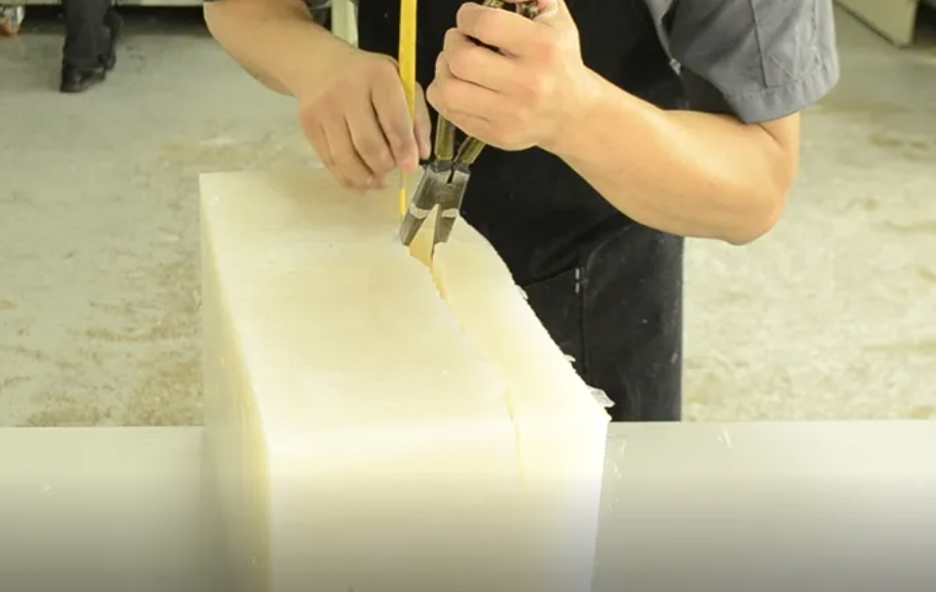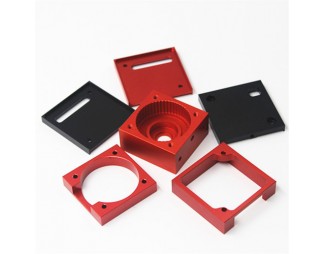The main differences between silicone molding and low-pressure i
Silicone replica molding is a relatively common process that uses the original template to create a silicone mold or rapid mold in a vacuum state, and then casts it using PU material in a vacuum state, thereby cloning a replica that is the same as the original template. Way. It is mainly used for the customization and production of small batches of plastic prototypes, usually from dozens to hundreds of plastic prototypes. It is more cost-effective to process them in this way. Low-pressure infusion is to mix the two-component polyurethane materials and inject them into a rapid mold under a gastrointestinal and low-pressure environment. The products will be formed through chemical and physical processes such as polymerization, cross-linking, and fixation of the materials. It has the advantages of high efficiency, short production cycle and low cost. It is suitable for small batch trial production in the product development process, as well as small batch production, small batch production of covering parts with relatively simple structures and the production of large thick-walled and uneven-walled products.
The principles of silicone replica molding and low-pressure infusion are relatively similar. They both make a prototype through a prototype or a physical object, then use this prototype to create a silicone mold, and then use this silicone mold for batch replication. Generally, domestic silicone molds can only be copied more than ten times, while foreign silicone molds have a slightly longer service life. There are differences between silicone molding and low-pressure infusion, which are mainly reflected in the following two aspects:
1. The objects used are different: silicone replica molding is mainly used to copy small-volume plastic prototypes (such as ABS, PC, acrylic prototypes, etc.) in small batches, while low-pressure infusion is used to copy large-volume plastic prototypes, such as car insurance Prototypes, medical models, robot models, etc. These types of prototypes are large in size and are not suitable for use with silicone molding processes.
2. Different sizes of silicone molds: Since silicone replica molds are used to make small prototypes, the size of the silicone molds produced is also relatively small. When using low-pressure perfusion, the prototype to be copied is relatively large. Therefore, when making silicone molds, the mold is very large and relatively hard.
To sum up, the main difference between silicone replica molding and low-pressure infusion lies in the different volumes of the replicated prototypes and the different sizes of the silicone molds.
If you have any prototyping project, please contact us to get free quote: enquiry@abcrapid.com.

Search
Recent Post













